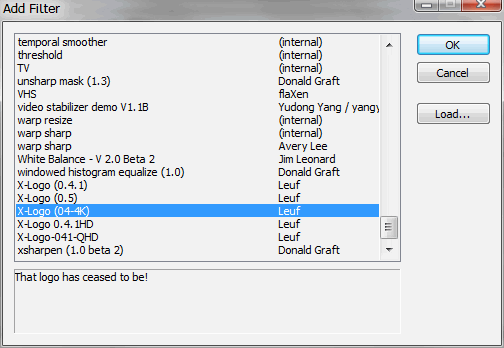
To understand this think of a section of cortex with two sulci from two different subjects.
#HOW TO USE WARPSHARP REGISTRATION#
One of the difficulties in non-linear registration is to avoid logal minima. This is an advantage of Gauss-Newton over many other methods that will only provide a direction in which to search for a local minima, and will potentially enable faster convergence.įnirt has been implemented using a Levenberg-Marquardt modification of the Gauss-Newton method and great effort has gone into an efficient calculation of H. Where H and ∇O denotes the Hessian and the gradient of O respectively.

It provides an explicit formula for where to take the next step in the parameter space w. The Gauss-Newton method falls into the second category and is an approximation to the Newton-Raphson method that is valid when the function O is a sum-of-squares. Methods in the latter category can potentially have large advantages over the former in terms of executions speed, something that is especially important when there are a large number of unknown parameters. Methods for finding the parameters w come in various flavors Some will require only the ability to calculate O( w) whereas other relies also on the first, and possibly second, derivatives with respect to w. Registration (linear or non-linear) is really a non-linear optimisation problem in that there is some function O that depends in a non-linear fashion on some set of parameters w, and we want to find the values of w that minimizes O. In addition fnirt has the option of modulating the intensity of f, both globally and locally, that addresses the issue of differences in contrast. However, the sum-of-squared differences cost-function has important advantages when searching for the parameters that minimize its value. correlation-ratio or mutual information which are less sensitive to differences in contrast. This would potentially limit its (fnirt's) use to cases where the images f and g are very similar, as opposed to other cost-functions like e.g. the MNI152-template) and g denotes the image we want to warp. Where f denotes the "reference image" (e.g.

The only cost-function presently implemented in fnirt is the "sum-of-squared differences". In the case of fnirt they are represented by quadratic or cubic B-splines. They are often represented as linear combinations of basis-functions, thereby reducing the number of parameters that needs to be determined. These are three (one for each dimension) fields of displacements, each of which have the same size as the image one is warping towards. The crucial part here are the di(x,y,z), the warp fields.

One may then instead use a non-linear transformation given by However it is often not sufficient for modelling more "local" differences such as e.g. This is sufficient to model overall differences in position and size between different brains. Where A is a 4x4 matrix that is uniquely defined by 12 values (3 translations, 3 rotations, 3 zooms and 3 shears).

Transforming an image (''e.g.'' a mask) in standard space into functional spaceĪn affine transformation is characterised by a coordinate transform defined as.Transforming a functional image into standard space.-imprefm, -imprefval, -impinm, -impinval.Is it diffeomorphic (and what does "diffeomorphic" mean)?.


 0 kommentar(er)
0 kommentar(er)
